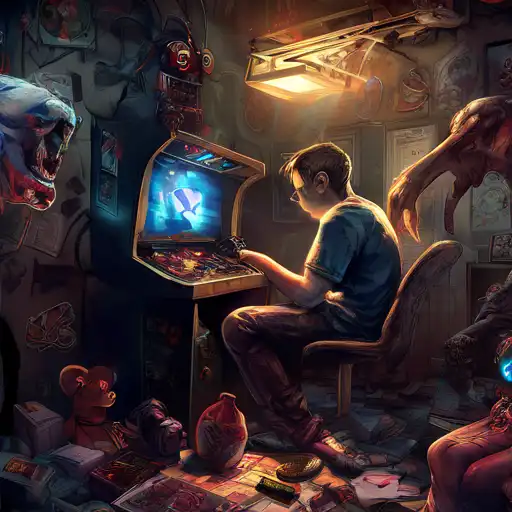Introduction to Gaming Addiction
Gaming addiction has become a significant concern in the digital age, affecting individuals across various age groups. This article delves into the psychological underpinnings of gaming addiction, shedding light on why some individuals are more susceptible than others.
The Role of Dopamine in Gaming Addiction
At the heart of gaming addiction lies the brain's reward system, primarily driven by dopamine. This neurotransmitter plays a pivotal role in how we experience pleasure and motivation. Games are designed to trigger dopamine releases, creating a cycle of reward and reinforcement that can lead to addictive behaviors.
Psychological Profiles Prone to Addiction
Not everyone who plays video games develops an addiction. Certain psychological traits, such as impulsivity, social anxiety, and a tendency towards escapism, can increase the risk. Understanding these profiles can help in identifying and addressing potential addiction early.
Escapism and Gaming
For many, gaming offers an escape from reality. This form of digital escapism can be particularly appealing to those facing stress, depression, or loneliness. While temporary relief is not inherently harmful, reliance on gaming as a primary coping mechanism can lead to addiction.
Social Dynamics in Online Gaming
Online gaming communities provide a sense of belonging and achievement that some individuals may lack in their offline lives. The social dynamics within these games can reinforce addictive behaviors, as players strive to maintain their status and relationships within the virtual world.
Preventing and Addressing Gaming Addiction
Recognizing the signs of gaming addiction is the first step towards prevention and recovery. Strategies such as setting time limits, seeking alternative hobbies, and professional counseling can be effective. For more insights on mental health and addiction, explore our mental health resources.
Conclusion
Gaming addiction is a multifaceted issue rooted in psychological triggers and social factors. By understanding these underlying causes, individuals and communities can take proactive steps to mitigate the risks and promote healthier gaming habits.
